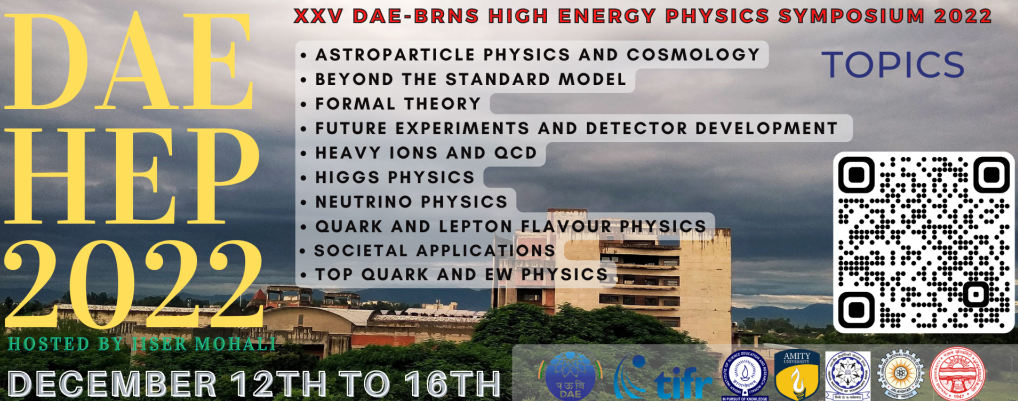Speaker
Description
Left-Right symmetric models have been a natural extension to the standard model based on the fact that the standard model is predominantly left-handed. So it is normal to think that the left-right symmetry is restored at high energies. The spontaneous breaking of this left-right symmetry depends on the specific model and the minimal model involves extra Higgs triplets or doublets to give rise to small neutrino masses via seesaw mechanism. Another perk of the left-right symmetric models is that they can be easily embedded within GUT theories like $SO(10)$. Now, the breaking of such a discrete symmetry can be of two types: 1st order or 2nd order. If it is 1st order, bubbles of true vacuum are created in the sea of false vacuum of the field responsible for the breaking. On the other hand, in 2nd order case, the field just chooses one of the vacua randomly at random places and no bubbles are created. Two regions of different vacua are separated by so called domain walls. After the phase transition, bubbles (in case of 1st order) and domain walls (in case of 2nd order) move through space and produce gravitational waves which can be detected in future GW experiments. We try to show this complete picture of two kinds of phase transitions and gravitational waves production mechanisms, and try to look for detectable signatures on the stochastic gravitational wave background.
| Session | Astroparticle Physics and Cosmology |
|---|
